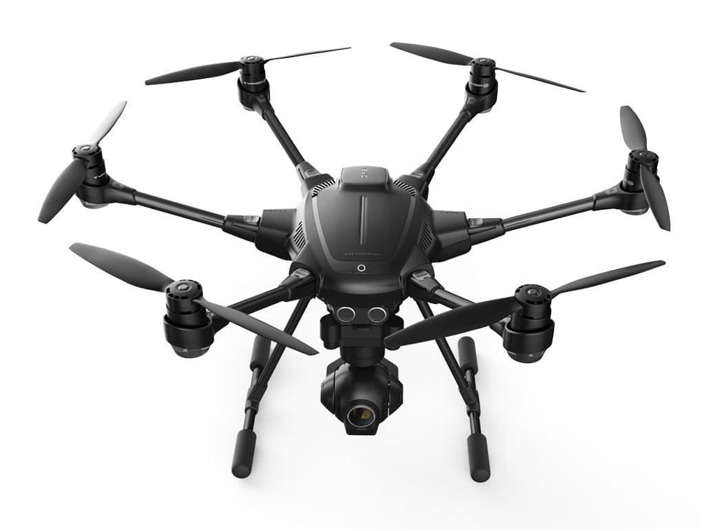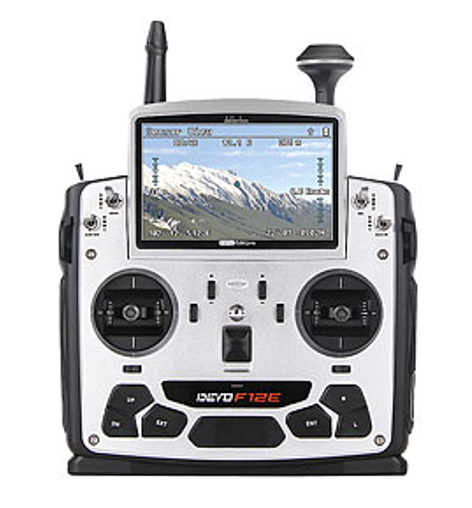unmanned aerial vehicle (drone) (UAV)
A drone is an unmanned, remote-controlled flying object. In English, the drone is called an Unmanned Aerial Vehicle (UAV). It is remotely controlled by humans via radio remote control or by a computer.
Drones can be remotely controlled or fly autonomously, using data collected and calculated by the flight controller to determine the flight path. Drones are powered by electric motors and propellers that get their energy from lithium polymer batteries. The entire structure consists of a frame made of lightweight composite materials. This saves weight and increases the drone's flight time and maneuverability. Communication between the drone and the flight controller is done by radio via WiFi in the microwave bands at 2.4 GHz and 5.8 GHz. The 2.4 GHz frequency has the advantage over the 5.8 GHz frequency of lower free- space attenuation - so it has a longer range - whereas at 5.8 GHz, higher data rates can be transmitted over shorter distances.
Areas of application and designs
Depending on the area of use, drones are divided into military drones, such as Unmanned Combat Aerial Vehicles (UCAVs) and Unmanned Aerial Systems(UASs), drones for private use, professional drones used for business purposes, such as infrared drones, hobby drones and toy drones. In the civilian sector, drones are used in search and rescue missions, forest fires, traffic monitoring, weather observation, agriculture, delivery services, and land surveying and mapping. Military applications include reconnaissance, target practice and air defense.
Drones can be equipped with two wings like airplanes, or with multiple propellers. Two-winged drones are called fixed-wing drones, which means they have fixed wings, whereas drones with multiple rotors are called multicopters. Multicopters include tricopters with three rotors, quadcopters with four rotors, hexacopters with six rotors, and optocopters with eight propellers.
Quadcopters have four rotors mounted on the same horizontal plane. All rotors are individually controlled by the flight controller in the direction of rotation and speed. Unlike the quadcopter, the hexacopter has six rotors and the octocopter has eight. The flight motion of these drones is also controlled by the individual control of the direction of rotation and the rotational speed.
Technical components of drones
Drones are equipped with a large number of technical components. There is the flight controller for controlling the direction of rotation and the rotational speed of the rotors, the GPS module for accurate positioning and determination of ground control points, the lithium polymer( LiPo) battery combined in multiple battery cells to form a lithium HV package, the RF receiver with the antenna, digital cameras, ultrasonic sensors, accelerometers, collision avoidance sensors, and altimeters.
Drone flight movements
Flight movements of drones are controlled by radio control and have several degrees of freedom, which can be used by controlling the individual rotors. There is the degree of freedom for the trajectory of the drone along an inclined axis. This movement is called pitch and applies to forward and backward movement and their inclination, or upward and downward movement. Another degree of freedom is the rotation of the drone around its own axis. This rotation is yaw, in English yaw, and can be clockwise or in the opposite direction of rotation. And the third flight movement is the roll, Roll. In roll, the drone moves sideways on a horizontal axis to the right or left.
In multicopters, all flight movements are triggered by the direction of rotation and the Electronic Speed Control( ESC) of the individual rotors.


